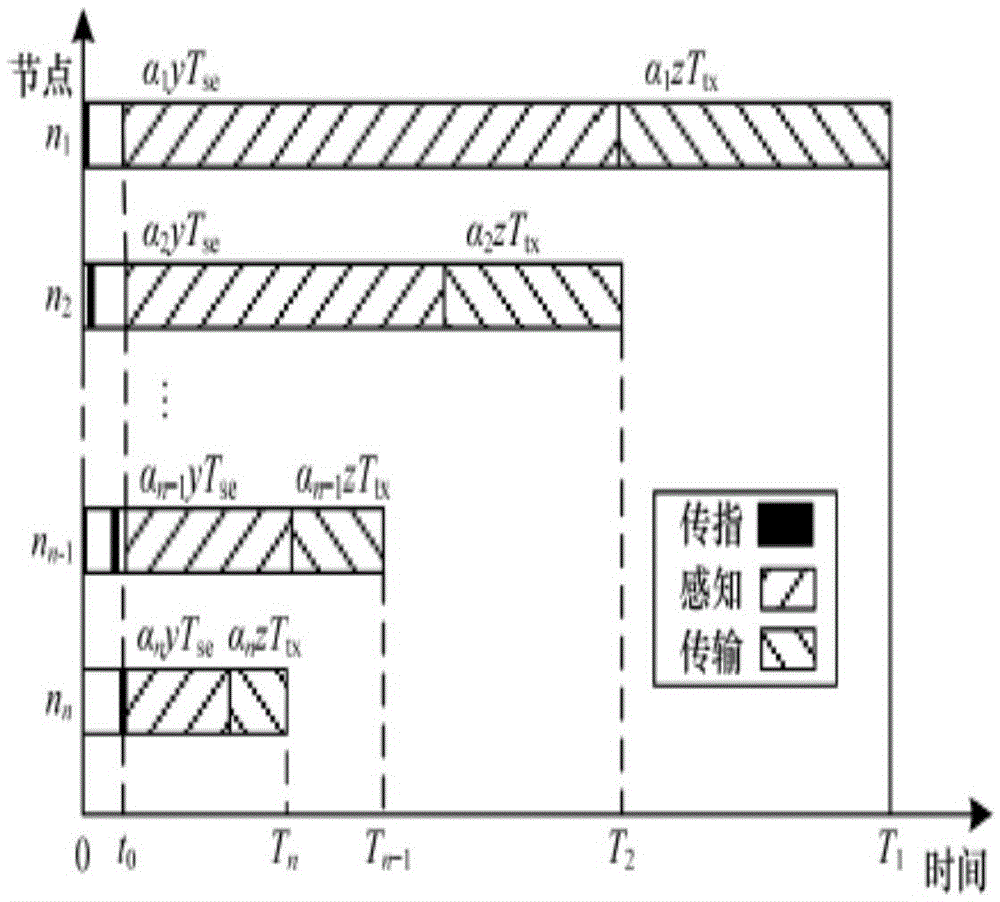Residual energy sorting load scheduling method and residual energy sorting load scheduling system
A technology of surplus energy and load scheduling, applied in the direction of reducing energy consumption, network traffic/resource management, advanced technology, etc., can solve the problems of not considering the balance of network energy, and not being able to effectively extend the network life cycle, so as to improve energy efficiency, The effect of prolonging the life cycle
- Summary
- Abstract
- Description
- Claims
- Application Information
AI Technical Summary
Problems solved by technology
Method used
Image
Examples
Embodiment Construction
[0026] The implementation of the present invention is described below through specific examples and in conjunction with the accompanying drawings, and those skilled in the art can easily understand other advantages and effects of the present invention from the content disclosed in this specification. The present invention can also be implemented or applied through other different specific examples, and various modifications and changes can be made to the details in this specification based on different viewpoints and applications without departing from the spirit of the present invention.
[0027] Before explaining the present invention, a typical divisible load scheduling algorithm is first introduced:
[0028] Typical Divisible Load Schedule (DLS) studies the shortest time divisible load schedule. If the load distribution of each node is appropriate, the working timing of WSN is as follows: figure 1 As shown, the time for the entire network to complete the load will be the ...
PUM
 Login to View More
Login to View More Abstract
Description
Claims
Application Information
 Login to View More
Login to View More - R&D
- Intellectual Property
- Life Sciences
- Materials
- Tech Scout
- Unparalleled Data Quality
- Higher Quality Content
- 60% Fewer Hallucinations
Browse by: Latest US Patents, China's latest patents, Technical Efficacy Thesaurus, Application Domain, Technology Topic, Popular Technical Reports.
© 2025 PatSnap. All rights reserved.Legal|Privacy policy|Modern Slavery Act Transparency Statement|Sitemap|About US| Contact US: help@patsnap.com



